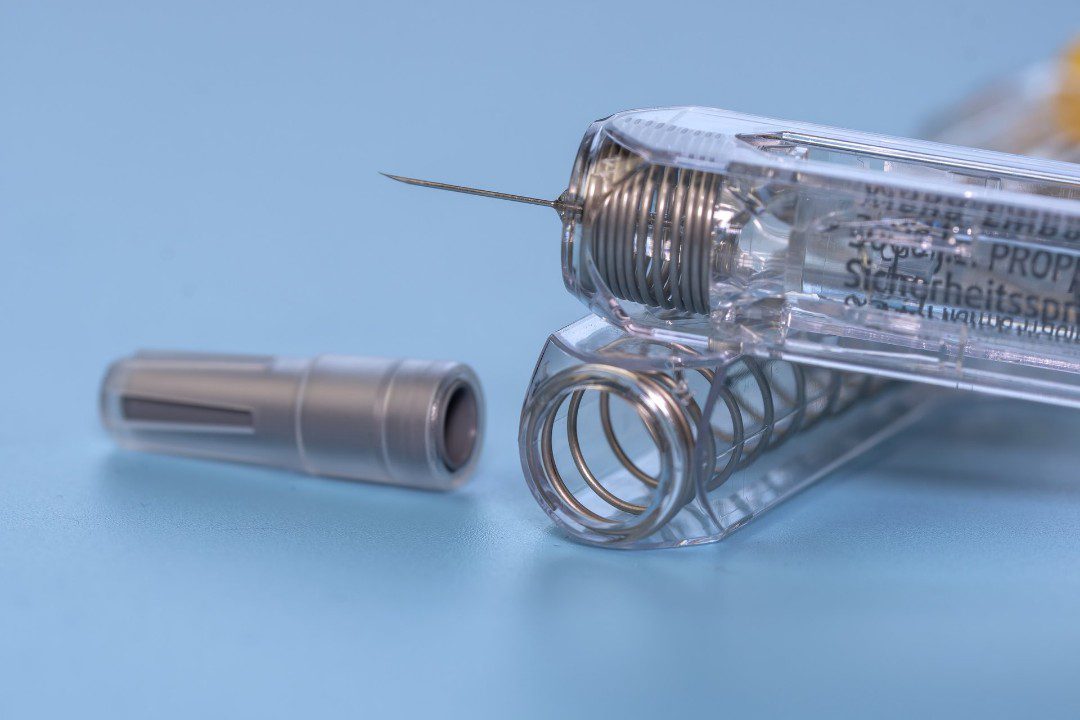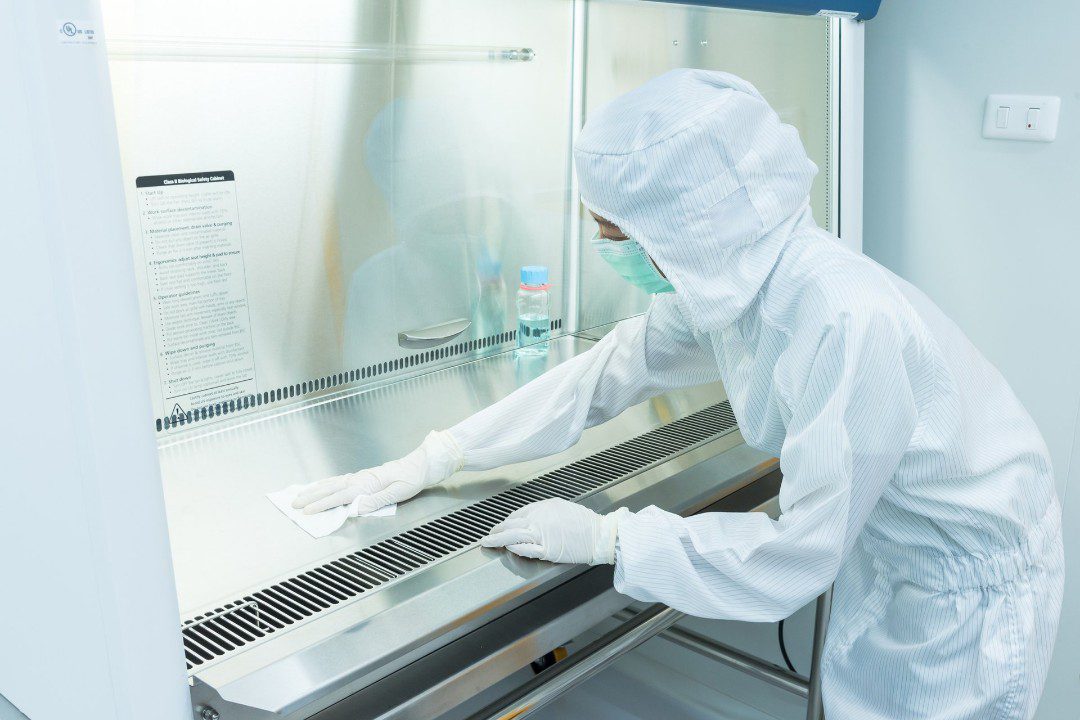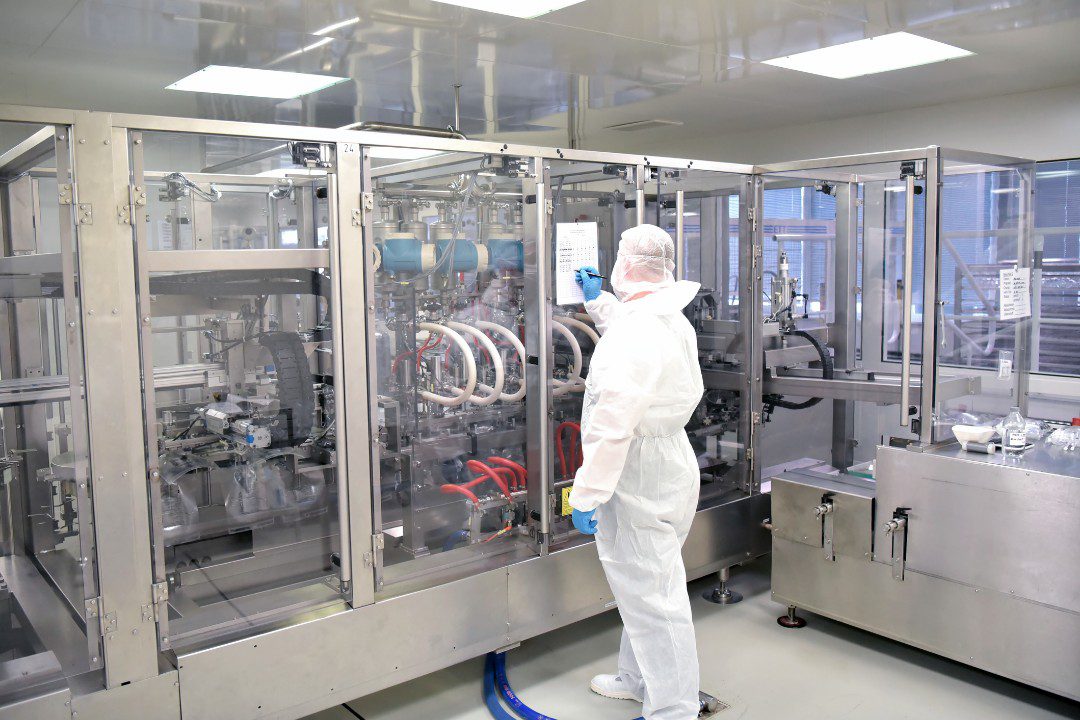In precision industries like medical, aerospace, and electronics manufacturing, even the smallest contaminant can compromise the integrity of critical components.
This is why clean room packaging is essential, especially for custom springs designed for high-stakes applications.
Understanding clean room standards and practices helps ensure that products maintain their quality, hygiene, and performance throughout the manufacturing and distribution process.
What Is a Clean Room?
A clean room is a controlled environment where pollutants like dust, airborne microbes, and aerosol particles are minimized through strict protocols and specialized equipment.
The air quality inside a clean room is continuously monitored and regulated using HEPA (High Efficiency Particulate Air) or ULPA (Ultra-Low Penetration Air) filtration systems.
These spaces follow rigorous ISO standards, such as ISO 14644-1, which define acceptable particle counts per cubic meter of air.
Clean Room vs. White Room: What’s the Difference?
While both clean rooms and white rooms focus on maintaining cleanliness, there is a notable distinction. Clean rooms meet exact ISO classifications, controlling particulate levels meticulously.
They require specialized airflow, filtration, and often positive pressure to keep contaminants out. White rooms, on the other hand, maintain a visibly clean and sanitized environment but do not always meet the strict particulate control standards mandated by ISO clean room classifications.
White rooms may be sufficient for less critical applications, but industries with zero tolerance for contamination, like aerospace and healthcare, require true clean rooms.

Why Custom Springs Require Clean Room Packaging
Custom springs are integral to many critical systems. In sectors like aerospace, medical devices, and advanced electronics, contamination can affect mechanical properties, compromise device performance, and even lead to failure.
Clean room packaging provides protection against:
Airborne particles that could cause corrosion, wear, or functional inconsistencies.
Biological contaminants that might compromise medical devices.
Outgassing or chemical contamination that can interfere with sensitive electronic systems.
By packaging springs in a clean room, manufacturers ensure that these high-value components reach their destination in pristine condition, ready for assembly or immediate use.
Meeting ISO Cleanliness Standards
Clean rooms are classified according to the maximum number of particles per cubic meter allowed at a specified particle size.
For instance, ISO Class 7 clean rooms allow no more than 352,000 particles sized 0.5 microns or larger per cubic meter. Custom spring packaging operations must adhere to these standards to prevent contamination.
Manufacturers invest in ISO-certified clean rooms to maintain a consistent environment. By doing so, they help clients meet regulatory requirements, including FDA regulations for medical devices and FAA requirements for aerospace components.
Applications That Demand Clean Room Springs
The demand for contamination-free springs is highest in:
Medical Device Manufacturing: Springs are used in surgical instruments, diagnostic devices, and implantable technologies where hygiene and material integrity are paramount.
Aerospace and Defense: Precision springs in flight control systems, satellites, and defense equipment must remain free of contaminants that could degrade performance.
Electronics and Semiconductors: In environments where even a speck of dust can destroy a microchip, clean room-packaged springs ensure reliability.
Each of these industries requires assurance that springs meet stringent cleanliness levels, maintaining operational integrity from installation through end-of-life.
How Clean Room Packaging Works for Springs
The packaging process for custom springs in a clean room environment typically includes several steps:
First, components are cleaned using approved solvents or ultrasonic baths to remove manufacturing residues. Once cleaned, springs are transferred into the clean room through airlocks or pass-through chambers to minimize particulate exposure.
Workers wearing full clean room garments package the springs using sterilized tools and materials such as antistatic bags or medical-grade pouches.
During packaging, careful attention is paid to minimize any exposure to the environment. Springs are sealed immediately after inspection and final cleaning, ensuring that no contaminants compromise the surface or structure of the spring.
These methods help maintain the integrity of each custom spring until it is ready for use.

Best Practices for Maintaining Clean Room Integrity
Maintaining the integrity of a clean room involves strict adherence to protocols. These include:
Installing HEPA or ULPA filtration systems to trap particles as small as 0.3 microns.
Implementing gowning procedures for all personnel, requiring suits, gloves, masks, and booties.
Establishing routine cleaning and sterilization schedules for surfaces, floors, and equipment.
Controlling air pressure to ensure that air flows outward from cleaner areas to less clean areas.
Monitoring particulate levels continuously to detect any breaches in clean room standards.
These practices not only ensure compliance with ISO standards but also guarantee that custom springs maintain their performance specifications.
The Benefits of Clean Room Packaging for Custom Springs
Clean room packaging offers distinct advantages that go beyond basic cleanliness. The benefits include:
Contamination Control: Reduces risks of product failure due to foreign particles.
Compliance with Regulatory Standards: Meets FDA, FAA, and ISO requirements.
Extended Shelf Life: Protects from environmental degradation during storage and shipping.
Improved Customer Confidence: Clients can trust that the components are ready for immediate use.
By adhering to stringent packaging practices, manufacturers enhance the reputation of their products and protect end-users from costly failures.
Partnering with Experts in Clean Room Spring Manufacturing
Choosing a manufacturer with clean room capabilities is crucial for industries where contamination is unacceptable.
At Western Spring, we offer clean room packaging to ensure product excellence. Our experience supporting industries with critical requirements makes us a trusted partner for projects demanding the highest levels of cleanliness.
If your project requires contamination-free custom springs, contact us today to learn more about our clean room capabilities and how they can support your needs.

